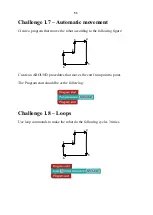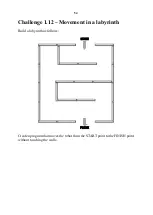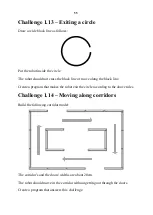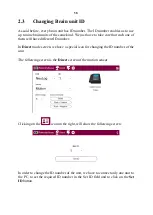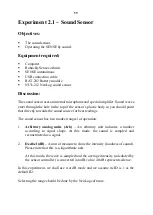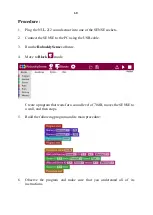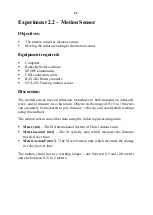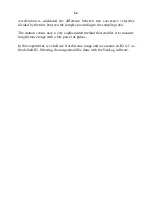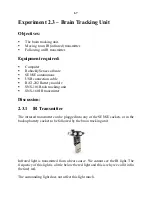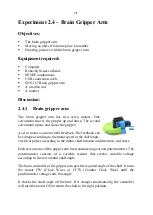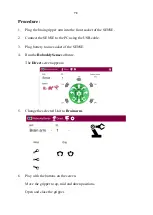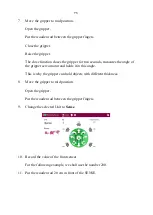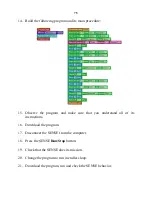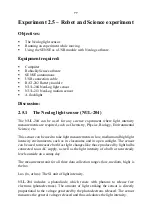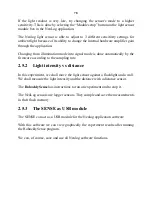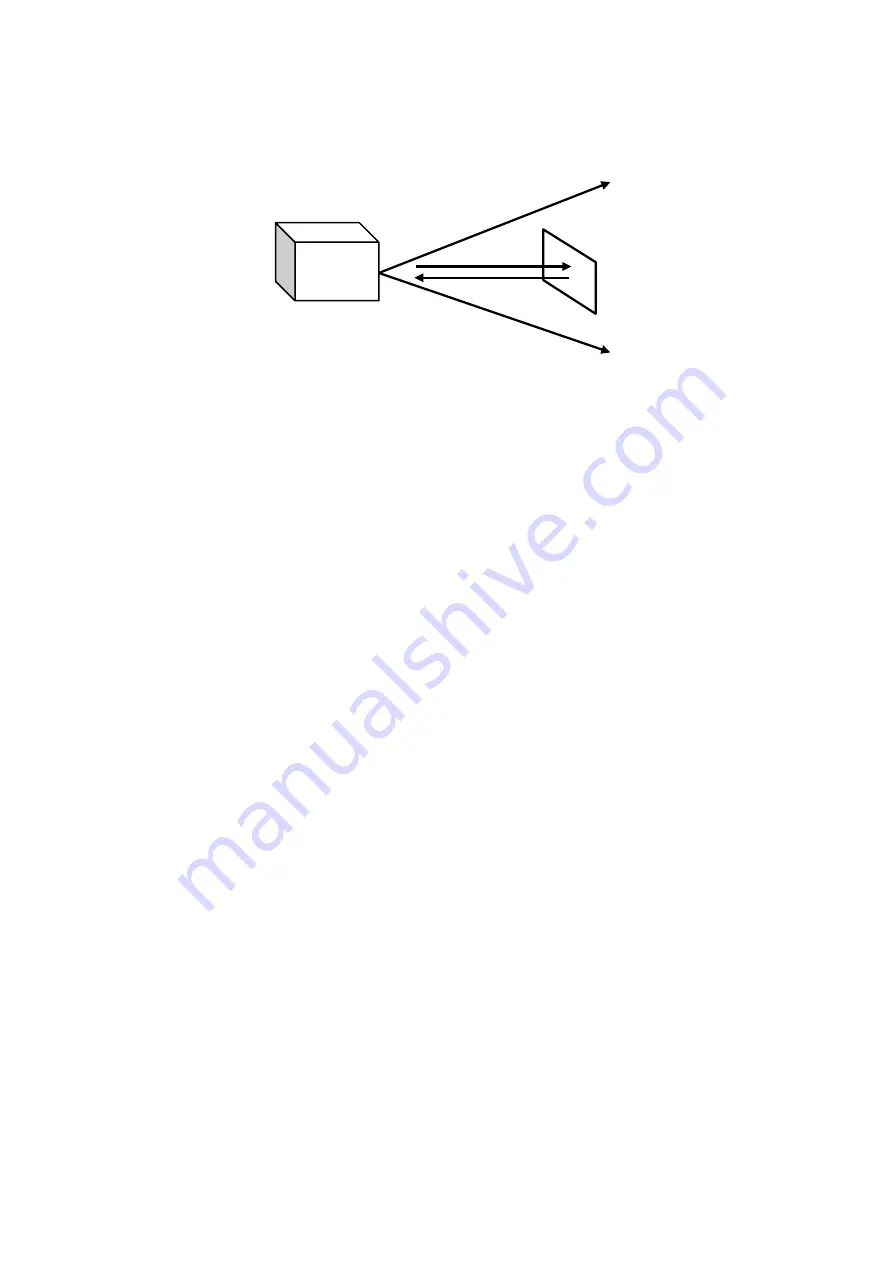
63
Ultrasonic waves are emitted from the sensor and spread out in a cone pattern at
about 15° around the point of reference.
The ultrasonic transducer is a device that can convert pulse train to transmitted
ultrasonic pulses. These pulses can sense and convert back to electronic pulse train
by another similar ultrasonic transducer, or by itself.
The ultrasonic transducer is based on ceramic crystal, which is cut in a certain
way and is placed between two metal plates. The crystal is characterized by the
piezoelectric effect. Electrical field changes between the plates create mechanical
vibrations in the crystal.
The crystal has a resonance frequency. The mechanical vibrations and electrical
reactions depend on this resonance frequency.
Supplying pulses to the crystal of the ultrasonic transducer (in a rate according to
its frequency) causes it to vibrate and to transmit these pulses as an acoustic sound.
This sound cannot be heard because it is above the hearing frequency range
(usually it is at 40kHz).
The acoustic sound can be converted back to electronic pulses by another
ultrasonic transducer or by the transmitter when it stops transmitting. The acoustic
pulses vibrate this transducer and these vibrations are turned into voltage pulses.
The speed of the ultrasonic wave is about 300 m/s because it is a sound wave.
For distance measurement, a burst of the transducer frequency wave is sent and
the system measures the time between the sending and the receiving.
S = 300 ∙ t
Velocity is calculated by the difference between two successive distances divided
by the time between the samples (according to the sampling rate).
Motion
sensor
Summary of Contents for Sense Autonomous
Page 1: ...Sense Autonomous...
Page 2: ......
Page 4: ......
Page 31: ...25 Before starting the experiment print two black lines as follows...
Page 89: ......
Page 90: ......




